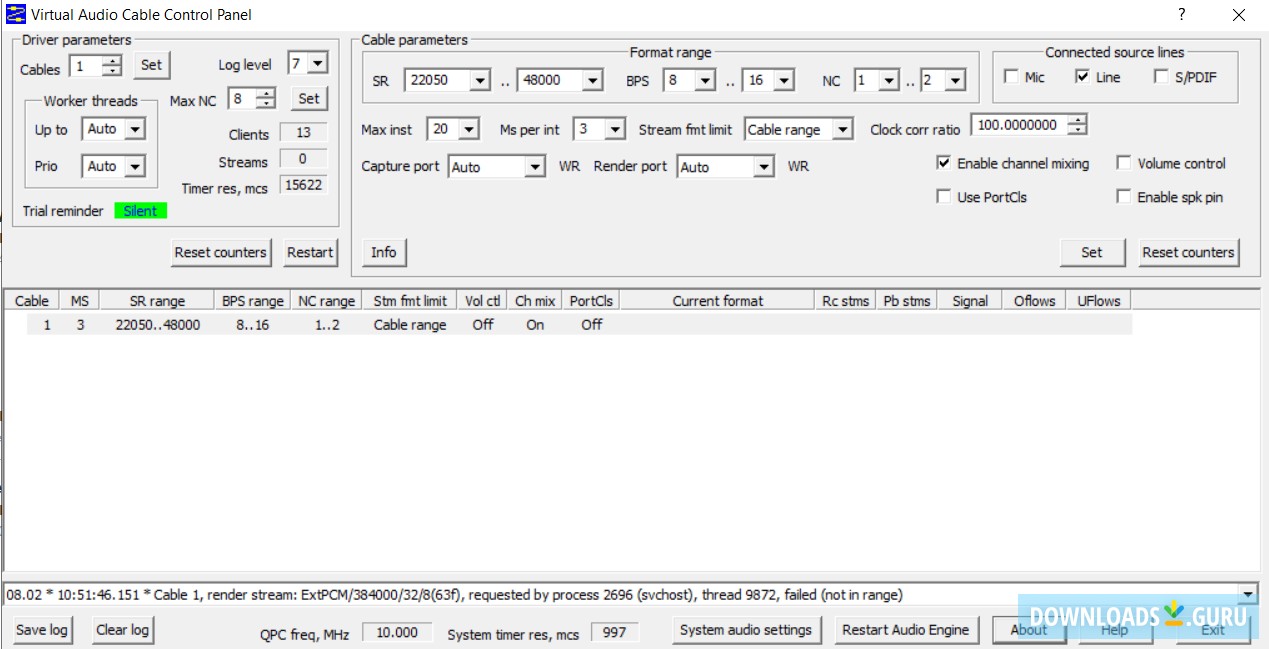
Either one of them can get messed up, and either way you have to exit the second one, restart the first, then restart the second. One thing not described here is that ASIO Link actually runs as two separate programs, accessible through two different interfaces. It would sometimes happen after the computer went to sleep and woke back up, and sometimes happen when a piece of software tried to change ASIO settings upon starting. I figured out what was leading to my “the sound has stopped” problems. But it’s unsupported, poorly documented, difficult to figure out, and not the kind of thing you just install and forget about. Just to be clear, I think it’s a great piece of software.

Regarding “what he did was remove the licensing…” Last I saw it was still being distributed as an executable installer, with a separate “patch” that modifies the dll’s to override the authorization check. Enough of a pain that I stopped using it. It’s completely unsupported, it’s not particularly intuitive, and in my several months of use on two different computers it was not “set it and forget it.” It would stop working on me about once a week, leading to “I’m getting no sound and I don’t know why.” Once I figured out what was happening it’s easy enough to get it restarted. However, in the context that djh created this thread, ASIO Link is not something I’d recommend him suggesting in a GP blog. I created a thread about it here last September.įor Windows users that need something like this, it does what it does better than any of the alternatives that I’ve found. As I mentioned above, kind of difficult to figure out the interface.


 0 kommentar(er)
0 kommentar(er)
